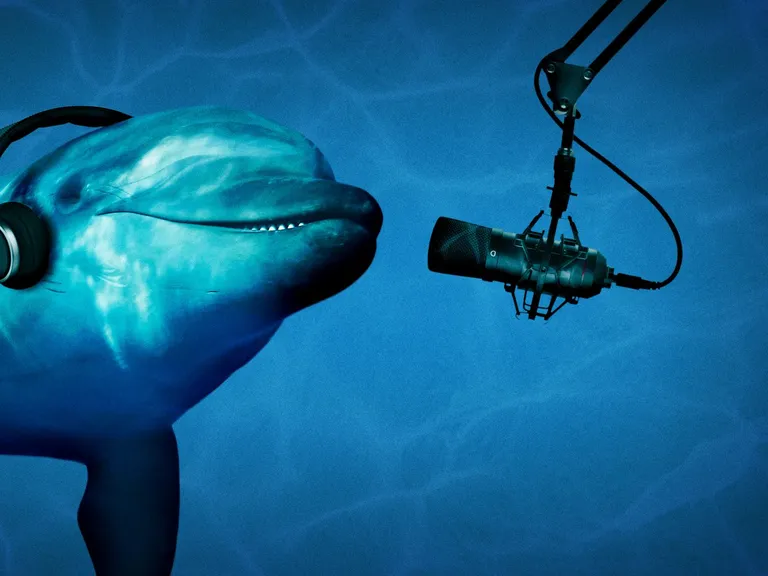Utilizing artificial intelligence, scientists have successfully decoded the sounds of estuary and pink river dolphins, both endangered species.
As reported by Nature, a collaborative effort between the Technical University of Catalonia and the Mamiraua Sustainable Development Institute has been launched to track the movements of these two endangered dolphin species. To accomplish this, they fed an artificial neural network data to identify the sounds of dolphins in the Amazon River.
A microphone was set up in the Mamiraua reserve in northern Brazil to record the dolphins’ sounds. These recordings were then analyzed by an artificial neural network capable of classifying sounds in real-time, similar to the human brain, allowing it to distinguish dolphin sounds from ambient noise.

The AI technology devised to differentiate between the sounds of rain, boat engines, and dolphins has allowed scientists to monitor the dolphins’ movements. The research, aiding in the localization of the dolphins, is viewed as a promising tool for their preservation.
With both dolphin species experiencing a significant decline in population—50% every nine years for estuary dolphins and every ten years for pink river dolphins—the scientists posit that the ability to pinpoint these dolphins’ locations will assist in enacting measures to facilitate the harmonious coexistence of local communities and dolphins.
You may also like this content
- Microsoft Accelerates in Cybersecurity: AI Now Takes the Lead in Protection!
- DeepSeek Takes the World by Storm with Major Update to V3
- Google’s AI Tool Gemini Can Now “See” the World Using Your Phone Camera

